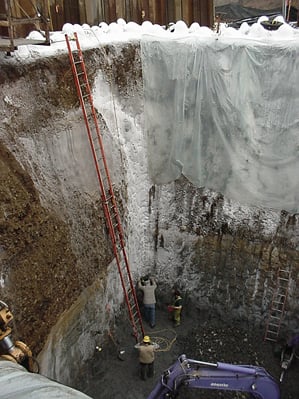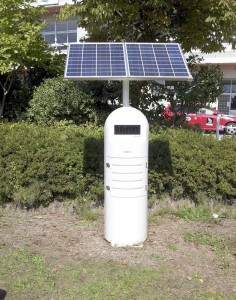There is an incredible amount of disinformation going on these days about Fukushima Daiichi. A lot of people are frightened by it and they call me or email me, wanting to know what I think about it.
The situation at Fukushima Daiichi is tragic and difficult. My heart goes out to the people working there, the people who have been displaced…and those who continue to live in the shadow of this disaster. Itʻs a sad situation. Iʻve been to Japan 8 or 9 times since the disaster, and Iʻm hoping I can find new and better ways to help the situation there.
Without downplaying the danger and difficulties, it is important to note that some people are exaggerating the situation at Fukushima Daiichi, for unknown reasons, in very dramatic ways. I am bombarded these days with links to websites with apocalyptic messages of imminent disaster, which fortunately do not seem to be based on reality.
Itʻs not that we should not remain vigilant, but that we should not believe everything we see and hear. Stress affects human health.
For a reality check I always look to the people at Safecast. They do an incredible job of staying in touch with the people of Fukushima…many of them are Fukushima people. They have mapped over 13 million data points since the disaster, and they are constantly analyzing radiation data in Fukushima Prefecture. Incidentally, if you want to do something positive to help the situation, I strongly recommend donating to Safecast.
On the rumor that Unit 3 steam is foreboding of an imminent disaster, I found this useful analysis by the Simply Info research team, which says that the situation at Unit 3 is relatively stable at this time.
On rumors that starfish health on the West Coast is being affected by radiation from Fukushima I found these articles, which provide at least an alternate viewpoint to that scenario: Deep Sea News.
On the report that radiation at a beach in Half Moon Bay is contaminated by radiation from Fukushima, Safecast did this analysis, which provided an alternate and reasonable explanation. I personally tested a sample of sand from the beach and am convinced there is no link to Fukushima. See my blog post on that here.
I have lost a lot of sleep in the months since the Fukushima Daiichi meltdowns, mostly out of concern for the children of Fukushima. Iʻm not losing as much sleep about it now. Well, maybe I am – because Iʻm responding late at night to emails from friends who are frightened by the rumors.
Itʻs not that I trust the governments of the world to tell me the truth. Part of my family lived downwind from the Nevada Test Site. Iʻve known and worked with people affected by the nuclear age since my youth. Many of them were unsupported by the governments and companies who were responsible for their pain. I was a downwinder as a child. Iʻm a natural born skeptic about these things.
I think I am more comfortable than many people, even though I live in the midst of the same rumors, because of my scientific curiosity. I monitor radiation on a daily basis at my lab – I have for many years. The levels I see here in Sebastopol California look very much the same as they did 27 years ago – when I first started monitoring at this location. Iʻm expanding my lab to look at seaweed, food, soil, air. I am indeed concerned – especially for the most vulnerable of our human family, the children and unborn. I do want independent verifiable information to feel comfortable.
At the same time, Iʻm increasingly concerned about the effects of these terrible rumors that have no basis in fact. I highly recommend that people check out their sources of these apocalyptic messages before they forward them – and add unnecessary fear and stress to their friendʻs lives. Please consider doing a little research before you hit the Forward button.
Comments closed


